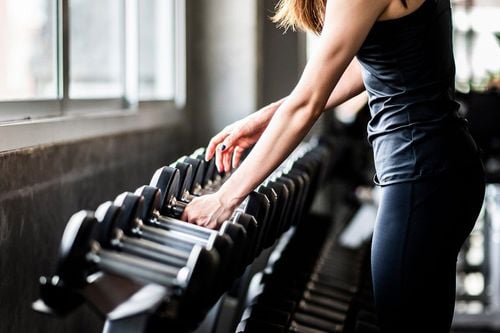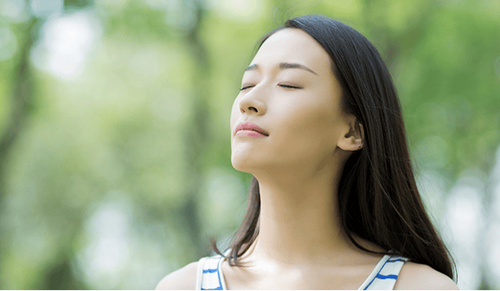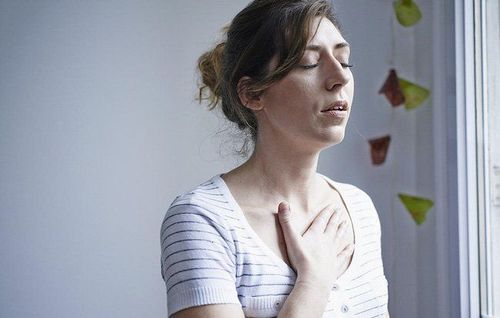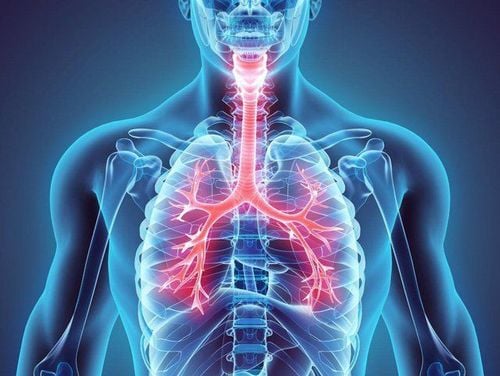This is an automatically translated article.
Ujjayi has been used for thousands of years to enhance yoga practice. Ujjayi provides help us to synchronize our breath with the movements during yoga practice, making the whole yoga process more rhythmic.1. The relationship between breath and mind
When the breath calms the mind, our energy can freely escape from the senses and into the body. There is no doubt that there is a deep connection between the breath and the mind. Breathing is vital. Breath is life. It's something we absolutely cannot live without, but we rarely take the time to observe and acknowledge all its subtleties. Stop reading and inhale deeply and exhale deeply. Now, have a few more drinks and feel a wave of calm engulfing you. Breathing is magic.Ujjayi breathing and the nervous system: From the first breath to the last exhale, we do not need to try to consider, continuously breathing with the autonomic nervous system (ANS). Unlike other ANS actions in the body (like pupil dilation), we can voluntarily control our breathing and so can seriously affect the Sympathetic Nervous system. our emotions and parasympathetic. When we breathe the Ujjayi breath, we automatically transform into intentionality and thus become masters of our inner landscape; We can positively impact how we feel by adjusting the length, volume, and sound of our inhalations and exhalations.
2. Ujjayi Breath
Ujjayi breath (pronounced oo-jai) is a form of Pranayama (working breath) and can be translated as "Winning Breath". Today it is often referred to as "The Breath of the Ocean" or "The Breath of Darth Vader". Whatever you want to call it, it can take your yoga breathing practice to the next level. Ujjayi is considered a diaphragmatic breathing technique because the quality of the breath is regulated by the diaphragm.Ujjayi is used during yoga practice, it also produces a sound that helps you synchronize the movement with your breath. The form of pranayama (control of the breath) is quite common and is used during the practice of asanas (body postures/postures).
Breathing in yoga practice is quite important, sometimes even more important than physical posture.
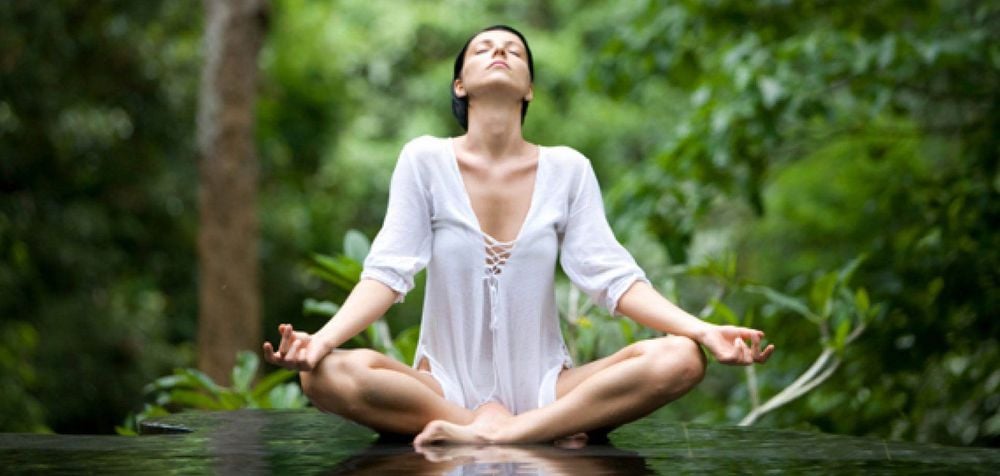
Thở Ujjayi là một kỹ thuật thở bằng cơ hoành
3. How to breathe ujjayi
In ujjayi breathing, both inhalation and exhalation are done through the nose. How to practice Ujjayi breathing is as follows:As you inhale and exhale:
Keep your mouth closed. Narrow your throat until your breathing makes a loud, almost snoring noise. Control your breathing with your diaphragm. Keep the time of inhalation and exhalation equal. All of these activities can be calming and balancing. At first you may feel like you don't have enough air to perform, but this technique will become easier with practice.
Some beginner's guide to doing Ujjayi breathing exercises:
Before you start, remember to relax. Don't think too much about the process. Ujjayi breathing is designed to stretch and even out your breath. Little thought; breathe more.
It's best to start in a comfortable sitting position. Sit up tall and gently close your eyes. As you inhale, fill your lower abdomen, then your rib cage and lungs and up to your throat. You can practice ujjayi breathing by taking a deep breath in through your nose and imagining the mist on a mirror as you exhale through your mouth; it helps to make a “haaaah” sound slowly through your mouth.
After a few breaths like this, seal your lips and try again. It is important to gently constrict the back of the throat so that the airflow becomes smaller and the breath pulls up and down the throat, similar to the constriction done in a whisper. It is therefore an audible breathing sound often compared to the sound of the ocean. Although his throat was constricted, Ujjayi's breath still flowed in and out through his nostrils, with his lips still gently closed.
Needs some practice, so be patient with yourself. Notice where there is resistance in the breath. Maybe you find it hard to hear, it's hard to balance the volume of your breath when you inhale and exhale, or you notice a difference in how easily you breathe in and out. Pay attention to where you need to focus and what you need to practice.
4. Potential Benefits of Ujjayi Breathing Practice
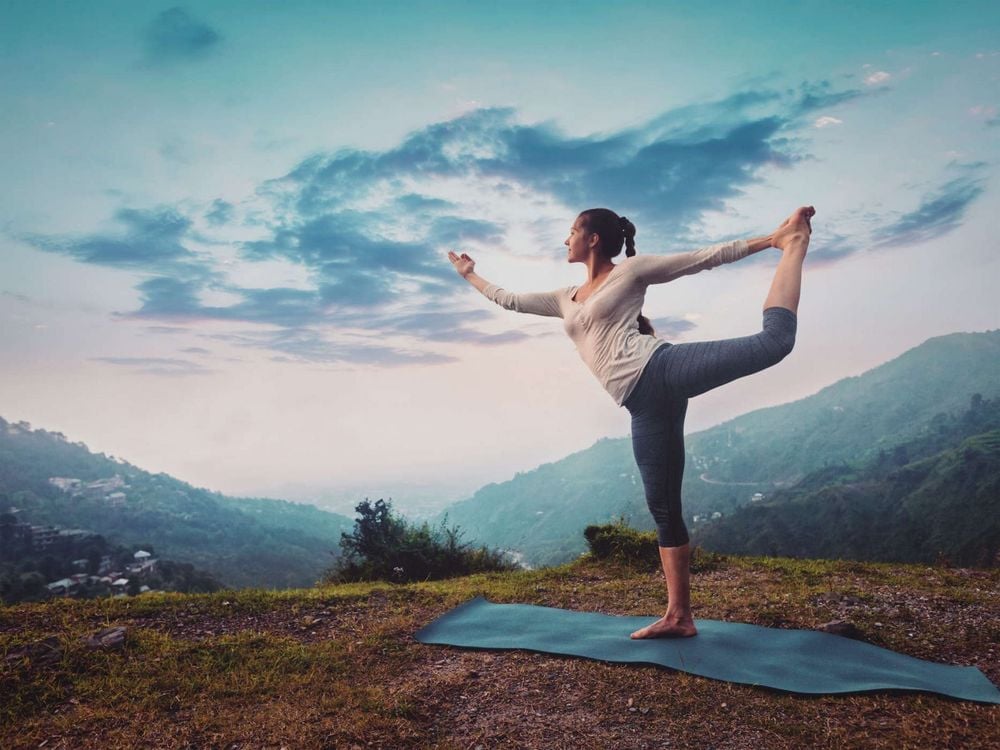
Yoga giúp người bệnh giảm các triệu chứng trầm cảm
Improve concentration during physical practice. It associates the breath with movement and helps to focus the mind and keep your awareness of the present moment; becoming absorbed into the Ujjayi allows the practitioner to maintain the pose for a longer period of time Endurance training and energy building enhances training fluency by lending a meditative quality to maintain the rhythm of the practice. class. Stimulating Nadis (energy channels in the body) brings mental clarity and focus. It reduces distractions and allows the practitioner to stay self-aware and grounded in their practice. Ujjayi breathing regulates the warming of the body. The friction of the air passing through the lungs and throat creates heat inside the body. It is similar to massage for internal organs; As the core becomes warm from the inside, the body becomes prepared for the practice of asanas. This heat provides safer stretching while the internal organs can be cleansed of any accumulated toxins. A focused Ujjayi breath can release tension and tension areas of the body and encourage the free flow of Ujjayi prana balancing the cardiovascular-respiratory system helping to transport oxygen to your muscles and organs. and waste removal. It promotes pain relief from headaches, relieves sinus pressure, reduces phlegm, and strengthens the nervous and digestive systems. Ujjayi increases the amount of oxygen in the blood and regulates blood pressure. Ujjayi tells us when we need to surrender to the resting posture, as the breathing must remain even and rhythmic in the postures as when we are at rest. It allows us to practice honesty in our practice, taking a step back to let go of our ego. When listened to, your breath can be your true teacher, guiding you in countless ways. Ancient yogis recognized the intimate connection between the breath and the mind. Ujjayi allows us to practice deep breathing completely during the challenges of a physical exercise. So we can stay calm in the face of challenges in our daily lives. Ujjayi breath is a pragmatic teaching of equality, non-attachment, unshaken by the effects of desire to feel good (Raga) and repulsion when we feel bad (Dvesha)
Cancer Treatment and Chemotherapy
A 2012 study done with cancer patients found that breathing yoga can improve sleep disturbances, anxiety, and quality of life for those with cancer. cancer and during chemotherapy. The researchers also concluded that these positive findings need to be confirmed in larger studies to confirm the role of this activity.
For depression
A 2017 study found that symptoms were significantly reduced for people with major depressive disorder when participating in a yoga program that included regular breathing.
For hypothyroidism
The study that involved training people with hypothyroidism in yoga breathing exercises showed a beneficial effect of this activity on lung function.
Although there are no clinical studies to support this claim, many yoga practitioners believe that practicing yoga that focuses on ujjayi breathing can help balance the entire endocrine system, thus benefiting the body. people with thyroid disease.
Please dial HOTLINE for more information or register for an appointment HERE. Download MyVinmec app to make appointments faster and to manage your bookings easily.
Reference source: healthline.com



